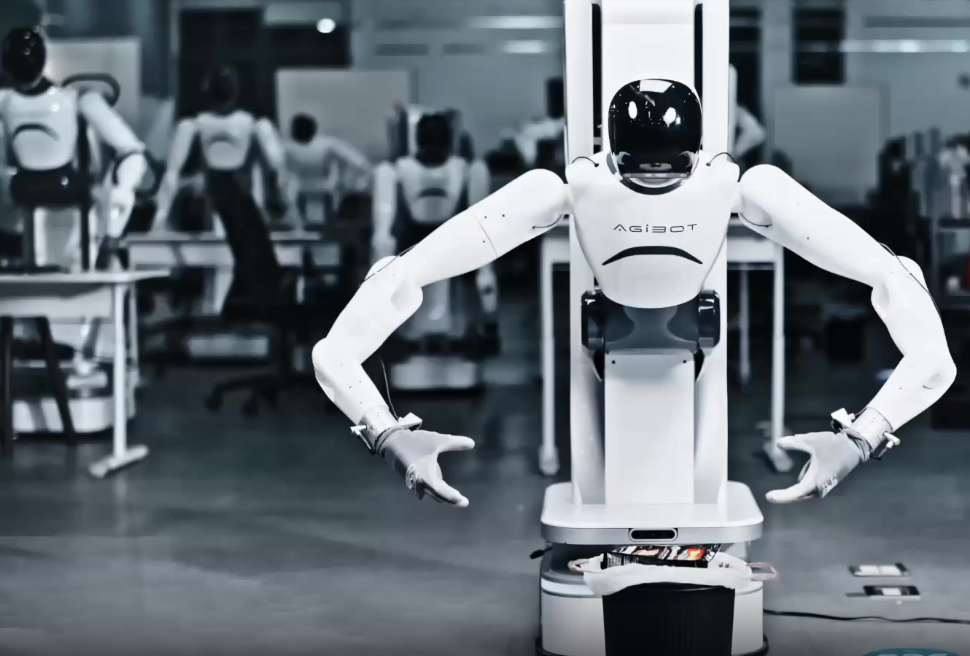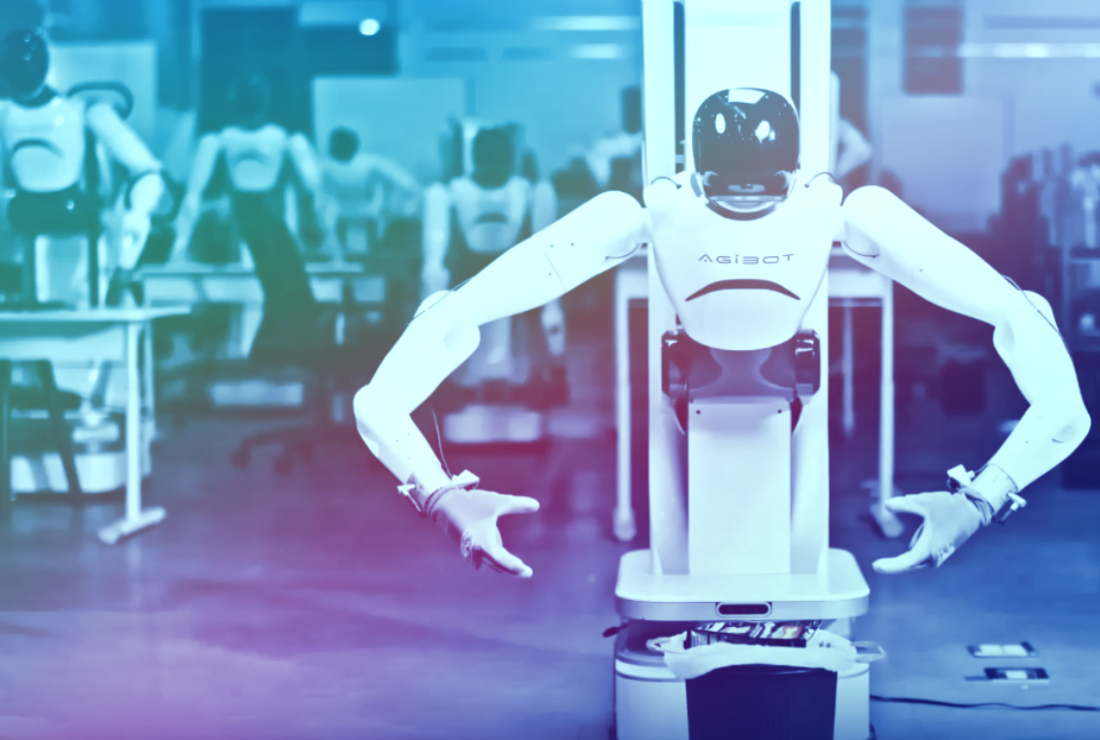SAN FRANCISCO — Physical Intelligence, an AI company based in San Francisco, has showcased a remarkable breakthrough by deploying its vision-language action model on China’s AgiBot, a humanoid robot platform. This significant development demonstrates the potential of combining vision and language processing for complex real-time robotic task execution.
A Unified Model for Complex Tasks
Physical Intelligence’s vision-language action model is designed to help robots interpret and act on natural language commands while simultaneously processing visual inputs. In this demonstration, the model enabled AgiBot to perform a variety of tasks with precision, utilizing its humanoid hands and two-finger grippers. This integration marks a leap forward in robotics by merging perception and action, offering enhanced flexibility and intelligence in task execution.

Real-Time Behavior Adjustments for Enhanced Performance
Unlike traditional robotic systems that rely on fixed programming, Physical Intelligence’s unified model allows AgiBot to dynamically adjust its behavior based on real-time inputs. This on-the-fly adaptability enables the robot to respond to evolving situations, a critical feature for performing tasks in unpredictable environments. The ability to adjust its behavior in real time further emphasizes the autonomous capabilities of the system, making it more versatile and practical for real-world applications.
The Role of Multi-Modal AI Systems in Modern Robotics
This demonstration is part of a broader trend toward integrating multi-modal AI systems in robotics, where vision, language, and physical control systems work together to create a seamless and flexible robotic experience.
The vision-language model deployed on AgiBot eliminates the need for multiple subsystems, simplifying task execution and improving operational efficiency. Such advancements bring us closer to developing machines that can function autonomously and intelligently in diverse environments.
Implications for the Future of Autonomous Robots
The demonstration of Physical Intelligence’s technology on AgiBot signals a promising future for autonomous humanoid robots capable of understanding and responding to complex commands with a high degree of accuracy. This real-time integration marks a significant milestone in the journey toward artificial general intelligence (AGI), showcasing the potential of AI-driven robots that can adapt to dynamic human environments.
Global Impact and Cross-Border Collaboration
As global collaboration in AI and robotics research grows, Physical Intelligence’s partnership with Chinese robotics firms underlines the potential for cross-border innovation. This advancement in robotics could pave the way for future collaborative efforts to push the boundaries of intelligent automation and AI technology.



